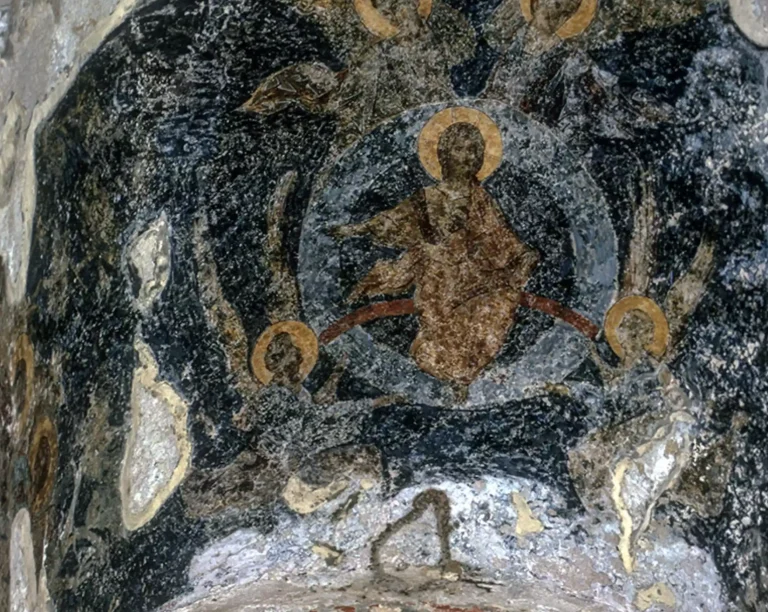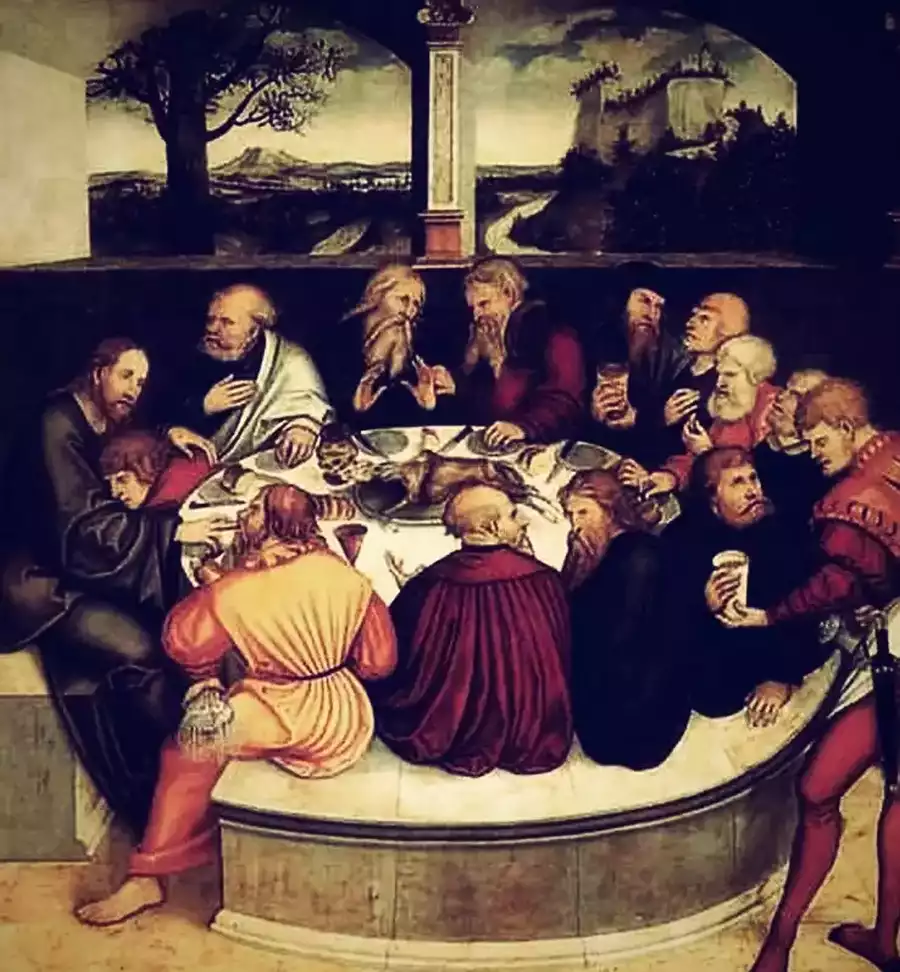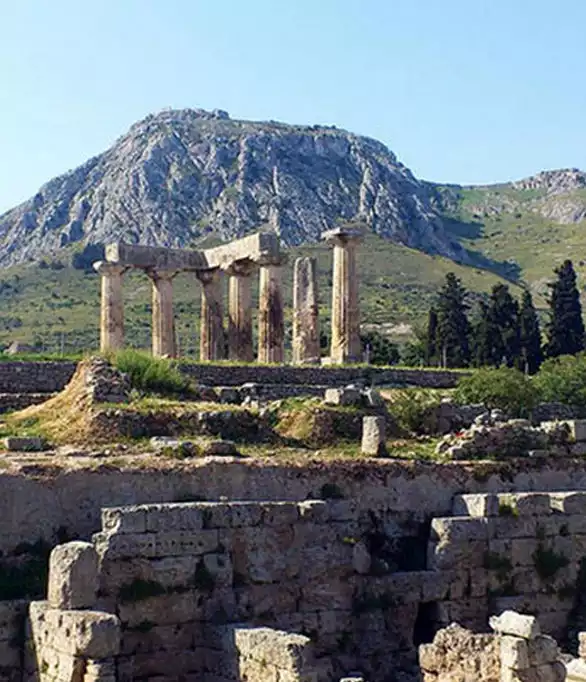Autocephaly | Orthodox Church’s Unique Unity

In the intricate tapestry of Orthodox Christianity, the concept of Autocephalous Orthodox Churches stands as a testament to ecclesiastical autonomy and unity. This sacred fabric, woven through centuries, sees the Ecumenical Patriarchate not merely as a figurehead but as the ‘First among Equals’ in a symphony of autocephalous entities. The historical and spiritual significance of this arrangement, dating back to the earliest days of the Church, reveals a profound truth about the balance of power, respect, and harmony within the Orthodox faith. As we delve into the essence of this religious structure, we uncover the beauty and complexity of a system that has withstood the test of time, fostering unity while respecting the unique identity of each member.
Church of Poland, Eastern Orthodox

A Historical and Cultural Beacon The Eastern Orthodox Church of Poland, while being a minority, plays a significant role in the religious and cultural landscape of Poland. This Church, rooted in centuries-old traditions, upholds the Eastern Orthodox Christian faith amidst a predominantly Roman Catholic population. It represents not only a religious institution but also a […]
Greek Catholic Church | Eastern Catholic Byzantine Tradition

The Greek Catholic Church, an Eastern Catholic church of the Byzantine rite, represents a unique blend of tradition and diversity within the Christian faith. As part of the Eastern Catholic Churches, this church maintains its liturgical rites and traditions while being in full communion with the Roman Catholic Church. This ecclesiastical body is distinctive for […]
Malankara Church

The Malankara Church, an ancient Christian community in India, traces its origins to the evangelical undertakings of St. Thomas the Apostle. According to tradition, St. Thomas arrived on the Malabar Coast in AD 52, establishing seven churches and laying the foundations for Christianity in the region. This historical account, while not explicitly detailed in the […]
Protestant Church | Historical and Theological Overview

The Protestant Church represents a major branch of Christianity, distinguished by its emphasis on the principles of the Reformation. Originating in the 16th century, the Protestant movement fundamentally transformed the landscape of Christian theology and ecclesiastical structures. Etymological Analysis The term “Protestant” derives from the Latin protestari, meaning “to publicly declare or testify.” This etymology […]
Corinth | Ancient City’s Integral Role in Early Christianity

Corinth, an ancient city-state on the isthmus connecting Peloponnese to mainland Greece, boasts a rich tapestry of cultural and historical significance, particularly in the context of early Christianity. This city, flourishing in antiquity, served as a pivotal hub for commercial, social, and religious interactions, laying a vital foundation for the spread of Christianity in the […]
Anglicanism | Bridging Catholicism and Protestantism

Anglicanism, a distinctive branch of Christianity, is rooted in the Church of England’s rich historical and theological traditions. Originating during the Reformation, it combines elements of both Protestantism and Catholicism, creating a unique religious identity. This blend is evident in its liturgy, governance, and doctrine, contributing to its global presence and appeal. Embracing both traditional […]
Heresy – Definition, History, and Religious Context

Heresy, a term rooted in religious discourse, signifies a deviation from established religious teachings, particularly within Christian contexts. Its historical emergence reflects the church’s evolving understanding of orthodoxy and the boundaries of acceptable belief. This concept, while not explicitly termed ‘heresy’ in the Bible, aligns with admonitions against false teachings found in New Testament texts […]
